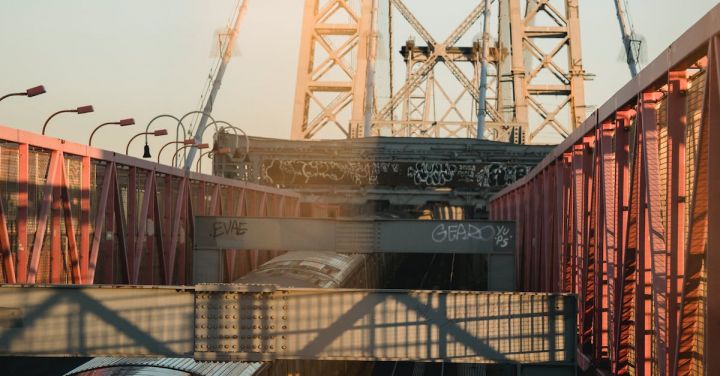In today’s fast-paced world, transportation plays a crucial role in connecting people and facilitating economic growth. As we strive for efficiency and sustainability, high-speed rail has emerged as a game-changer in the realm of modern rail transport. With its ability to transport passengers at remarkable speeds, high-speed rail is revolutionizing the way we travel and opening up new possibilities for connectivity.
One of the key advantages of high-speed rail is its ability to cover long distances in a fraction of the time it takes by conventional trains. With trains capable of reaching speeds of up to 300 miles per hour, high-speed rail has made it possible to travel between major cities in a matter of hours, rather than the entire day. This not only saves time but also reduces the need for other modes of transportation such as air travel, which can be costly and environmentally damaging.
Moreover, high-speed rail offers a level of comfort and convenience that is unmatched by other forms of transportation. These trains are designed with spacious seating arrangements, ample legroom, and modern amenities to ensure a comfortable journey for passengers. Additionally, high-speed rail stations are often located in the heart of cities, making them easily accessible and eliminating the need for lengthy commutes to airports or bus terminals.
Another significant advantage of high-speed rail is its positive impact on the environment. As the world grapples with the challenges of climate change, finding sustainable transportation solutions is more important than ever. High-speed rail systems are electrically powered, meaning they produce zero emissions during operation. This not only reduces air pollution but also decreases reliance on fossil fuels, making high-speed rail a greener alternative to cars and airplanes.
Furthermore, high-speed rail has the potential to boost local economies and promote regional development. The construction and operation of high-speed rail lines create job opportunities and stimulate economic growth in the areas they serve. Additionally, high-speed rail connects cities and regions, making them more accessible for tourism and business activities. This, in turn, leads to increased trade, investment, and cultural exchange, fostering a sense of interconnectedness and collaboration.
In recent years, countries around the world have recognized the immense benefits of high-speed rail and have invested heavily in its development. China, for example, has built an extensive network of high-speed rail lines, connecting major cities and transforming travel within the country. Japan, the birthplace of high-speed rail, continues to lead the way with its Shinkansen system, renowned for its safety and efficiency. Europe, too, has embraced high-speed rail, with countries like France, Germany, and Spain operating some of the most advanced networks on the continent.
Although high-speed rail has faced its fair share of challenges, such as high construction costs and the need for dedicated infrastructure, its potential to revolutionize rail transport cannot be ignored. As technology continues to advance and governments prioritize sustainable transportation options, high-speed rail is likely to play an even more significant role in the future.
In conclusion, high-speed rail is paving the way for modern rail transport by offering unparalleled speed, comfort, and sustainability. Its ability to connect cities and regions efficiently has the potential to transform the way we travel and stimulate economic growth. As we look towards a future that demands environmentally friendly transportation solutions, high-speed rail stands out as a beacon of innovation and progress.
